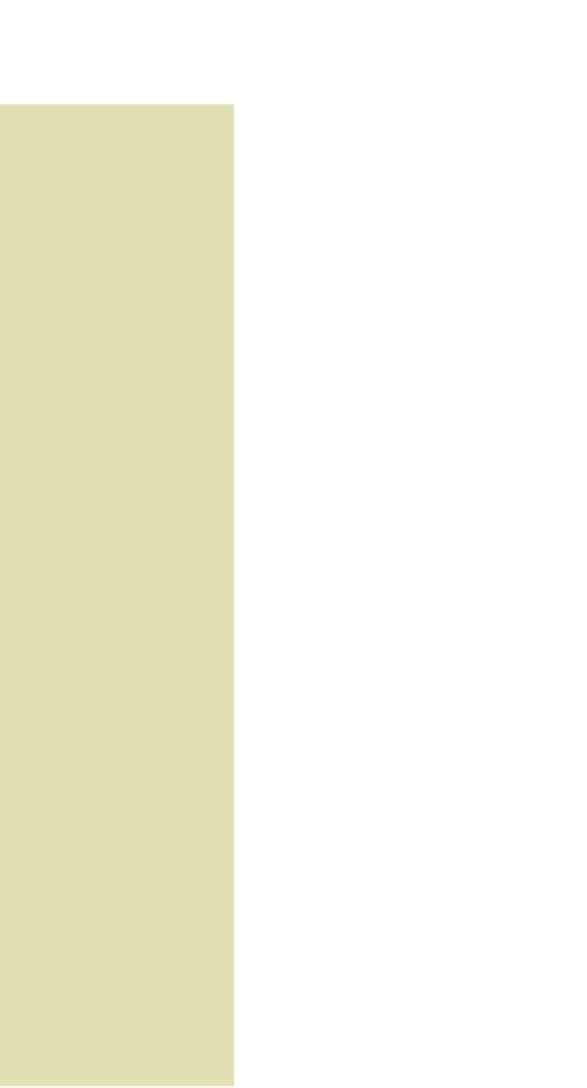Biology Reference
In-Depth Information
Animal
Decision
Currency
Some
constraints
Test
Table 3.1
A summary of
some of the
decisions,
currencies and
constraints
discussed
Starling
Load size
Maximize net
rate of gain
Travel time,
loading curve,
energetic costs
Load versus
distance
Bee
Crop load
Maximize
efficiency
Travel time,
sucking time,
energetic costs
Load versus
flight time
Dung fly
Copulation
time
Maximize
fertilization rate
Travel time,
guarding time,
fertilization curve
Predict copula
duration
Great tit
Size of
worms
Maximize net
rate of gain
Handling time,
search time
Choice of large
or small prey
Downy
woodpecker
Patch time
Maximize net
rate of gain
Travel time,
recognition time
Number of holes
inspected
Yellow-eyed
junco
Where to
feed
Minimize risk of
starvation
Handling time,
daily energy
budget
Choice of
variable or
certain reward
Great tit/
marsh tit
Body
reserves/
hoard size
Maximize
survival
Energetic cost of
carrying reserves
Body reserves/
hoard size in
predictable and
unpredictable
environments
Squirrel
Where to
eat
Maximize
survival
Travel time,
handling time
Vary size of food
and distance
Stickleback
Where to
feed
Minimize
danger and
starvation
Vigilance and
foraging
incompatible
Vary hunger and
danger
Bluegill
sunfish
Habitat
choice
Maximize
survival
Growth depends
on food intake,
danger related to
size
Habitats used at
different ages
Now for a difficulty with the optimality approach: deciding what to do when the
model fails to predict what the animal does. Take the dung flies as an example: the
model predicts reasonably well, but not exactly, the duration of copula. What should
be done about the discrepancy? Should we ignore it, assuming it is within the
acceptable range of error, or should we try to analyse if further? Assume for the
moment that we wanted to take the latter course. One possibility is that the currency
What should we
do when a model
fails to predict
observed
behaviour?






















































































































